Instilling interest in invertebrates
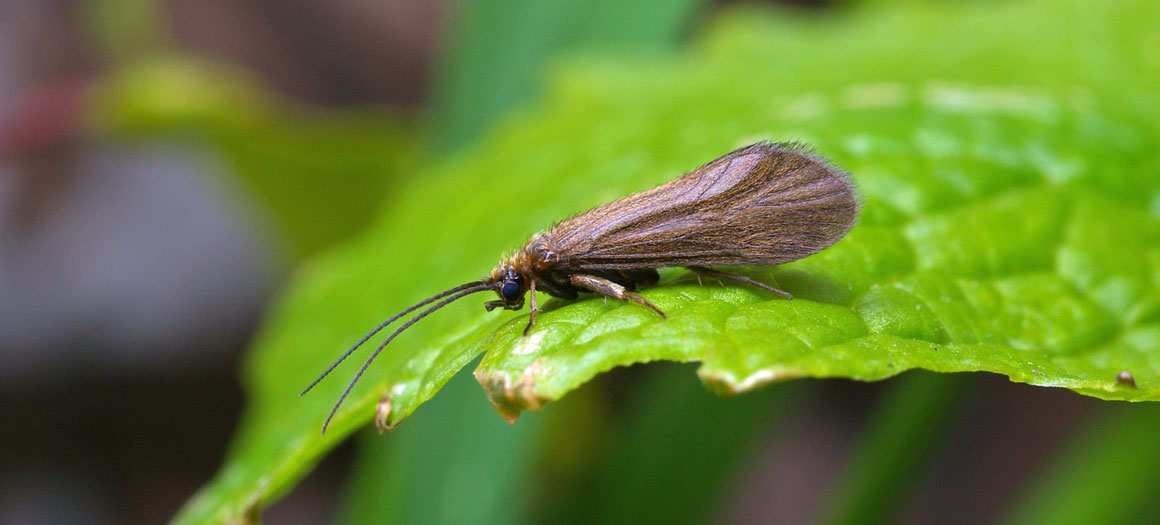
We place value in things based on how well we know and understand them. It would seem to me, that whilst few have a deep appreciation, a large number of us do not understand or fully recognise the value of our aquatic invertebrate population in terms of what they tell us about the quality of our water environments and in sustaining the species that exist in them.
Entomologist, Stuart Crofts is one of the few and has an energy and interest in the discovery and study of insects that is captivating. From collecting butterflies to searching under rocks, Stuart had a fascination with insects from a young age. He spent the majority of his working life as an electrical engineer in his local steelworks but made tangible links between this and his scientific work, sharing that attention to detail, diligence and a drive for knowledge which are among the common assets linking the two.
In the late 1990’s Stuart set up as a fly-fishing guide, inspired by his travels to America, for which a thorough knowledge of the local river environment, as well as the species which inhabit them, became a large part of his work. Describing the role as one that brings great joy, Stuart talks about helping people to make a connection between what’s in the water and the rod they hold in their hand. Including the symbiotic relationship between insects and freshwater species. It turns out, the life of a fly-fishing guide is also a varied one and Stuart fondly recalls one week of guiding in which he spent time with an Antarctic explorer, F1 racing car driver and a vicar!
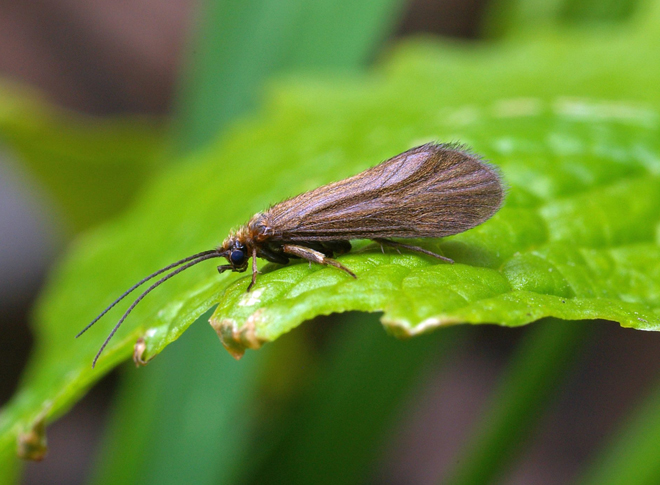
NEW DISCOVERIES
When guiding Stuart always keeps a small folding sweep net in his pocket to catch insects and explain their wonder to his clients. It was in September 2010, near Masham in North Yorkshire, that Stuart collected an insect sample that would be the foundation of a study spanning 10 years. Unbeknown to Stuart at the time, he had collected an adult caddisfly (Synagapetus dubitans – pictured above by Stuart) recorded in a number of central European countries but not Britain. Stuart collected the single adult male from a small calcareous spring stream flowing through woodland and found a female in almost exactly the same spot just over a month later.
Working collaboratively with entomologists from around Europe, Stuart then went on to complete a personal study of this new insect including preferred habitat and lifecycle stages. He even created rearing tanks so as to isolate the insects and learn about how they develop from larvae, to pupae, to adult.
The first located habitat of this species is a calcium rich spring that emerges from the base of a sandstone crag and flows down towards the River Ure – a site that is both delicate and rare. Mosses growing around the spring are fed by the enriched water and set the scene for the surrounding landscape.
Specialised habitats, like the one where Stuart found the caddisfly, are often full of delicate invertebrates and only intact because people physically cannot reach them. Human disturbance including over abstraction and clearing for development are significant threats to these fragile landscapes and without recognised environmental status they have the potential to disappear.
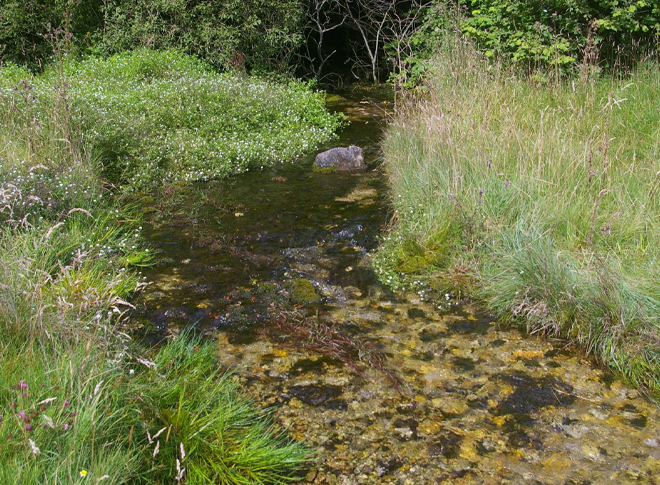
Stuart went on to locate the caddisfly in other locations across Yorkshire and it became clear that the springs and small streams where he was finding the species had some common factors. These included varying degrees of calcium deposits, stable flows, no major flooding or spate events, a rich mixture of vegetation and mosses and stable water temperature. Using this knowledge and geological survey maps Stuart was able to identify other areas in the UK that had similar geological characteristics. This enabled further investigation across a wider geographic radius including southern England where the caddisfly has also been located near to Cheddar Gorge.
At his time of writing, Stuart notes that the caddisfly has now been found on different river systems across Britain. Perhaps what remains to be seen is not how uncommon the species is but how rare the habitats are in which it is found?
THE VALUE OF INVERTEBRATES
Stuart is also a tutor with the UK Riverfly Partnership and Freshwater Biological Association (FBA), and a large inspiration behind our own Riverfly Census, which is an area where he can disseminate the value of invertebrates. We talked about the importance of education in supporting local river ownership, discussing how the transference of practical skills can empower volunteers and provide them with the tools to preserve their local waterways – a fundamental part of river conservation. Monitoring invertebrates, as an indicator of water health, is a significant part of this and key to volunteer support.
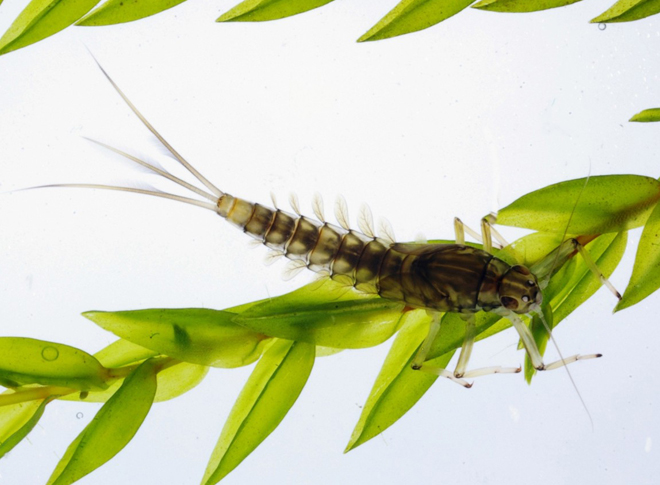
Stuart believes the way we use invertebrates will continue to evolve and that insects, as a sampling tool, are integral to correcting the balance of nature versus need. More and more, he observes volunteers at FBA who are non-anglers and instead come with a commitment to water habitat conservation. A trend that should be encouraged and facilitated as we learn more about the fragility of the landscapes that our invertebrates populate and the growing responsibility to protect them.
Like much of science, this discovery has opened the door to further learning. In his findings, Stuart talks about the questions that remain unanswered. Where else could this new species be hiding? Why is it found in some places yet, where habitat conditions appear perfect, apparently absent in others? In his own words, ‘it is nature that writes the rules’.
With thanks to Stuart Crofts for his generous time as well as the use of his images.

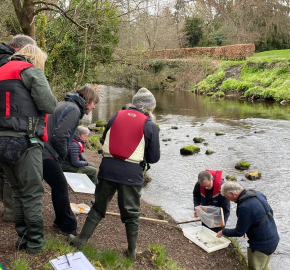
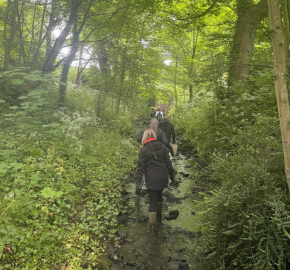
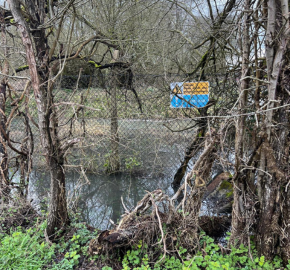
Thanks for your blog, nice to read. Do not stop.